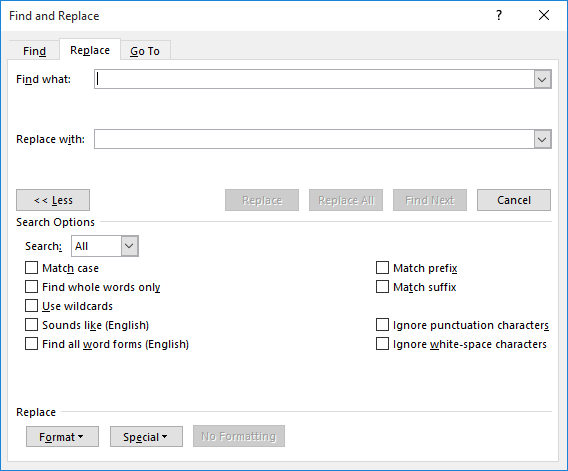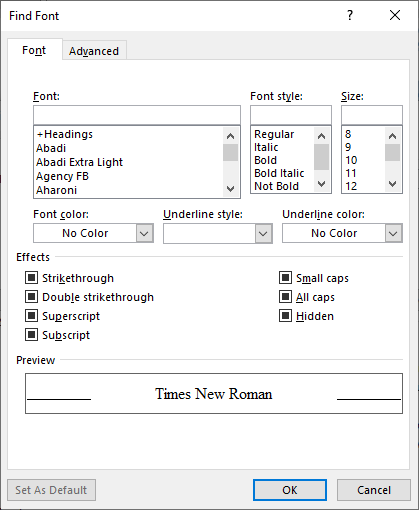Please Note: This article is written for users of the following Microsoft Word versions: 2007, 2010, 2013, 2016, 2019, 2021, and Word in Microsoft 365. If you are using an earlier version (Word 2003 or earlier), this tip may not work for you. For a version of this tip written specifically for earlier versions of Word, click here: Adding Tags to Text.
Written by Allen Wyatt (last updated March 5, 2022)
This tip applies to Word 2007, 2010, 2013, 2016, 2019, 2021, and Word in Microsoft 365
If you love working in HTML, you know that it is created by simply adding tags to regular text. Tags do nothing more than describe how a browser should display the text. HTML can be created by hand or automatically, by program. You can even use Word to create your HTML for you.
What if you don't want Word to do the HTML automatically, but you want to use Word's tools to help you in your HTML creation? For instance, you might want to search for italicized text within a document and then surround it with the HTML tags that signify the text should be displayed in italics. You can do this by following these steps:

Figure 1. The Replace tab of the Find and Replace dialog box.

Figure 2. The Find Font dialog box.
The same find and replace technique can be used to add other HTML tags, as desired. For instance, you could add the tags for bold text, <strong> and </strong> by searching for Bold in step 4, using the proper tags in step 6, and replacing with Not Bold in step 8.
WordTips is your source for cost-effective Microsoft Word training. (Microsoft Word is the most popular word processing software in the world.) This tip (12991) applies to Microsoft Word 2007, 2010, 2013, 2016, 2019, 2021, and Word in Microsoft 365. You can find a version of this tip for the older menu interface of Word here: Adding Tags to Text.

Learning Made Easy! Quickly teach yourself how to format, publish, and share your content using Word 2013. With Step by Step, you set the pace, building and practicing the skills you need, just when you need them! Check out Microsoft Word 2013 Step by Step today!
The Find and Replace tool is designed to help you find and replace information as quickly as possible. However, you may ...
Discover MoreWhen using the Find and Replace feature of Word, you can search for more than plain text. You can also search for ...
Discover MoreIn plain-text documents, it is not uncommon to see asterisks used around text to indicate what should be considered bold ...
Discover MoreFREE SERVICE: Get tips like this every week in WordTips, a free productivity newsletter. Enter your address and click "Subscribe."
There are currently no comments for this tip. (Be the first to leave your comment—just use the simple form above!)
Got a version of Word that uses the ribbon interface (Word 2007 or later)? This site is for you! If you use an earlier version of Word, visit our WordTips site focusing on the menu interface.
Visit the WordTips channel on YouTube
FREE SERVICE: Get tips like this every week in WordTips, a free productivity newsletter. Enter your address and click "Subscribe."
Copyright © 2025 Sharon Parq Associates, Inc.
Comments